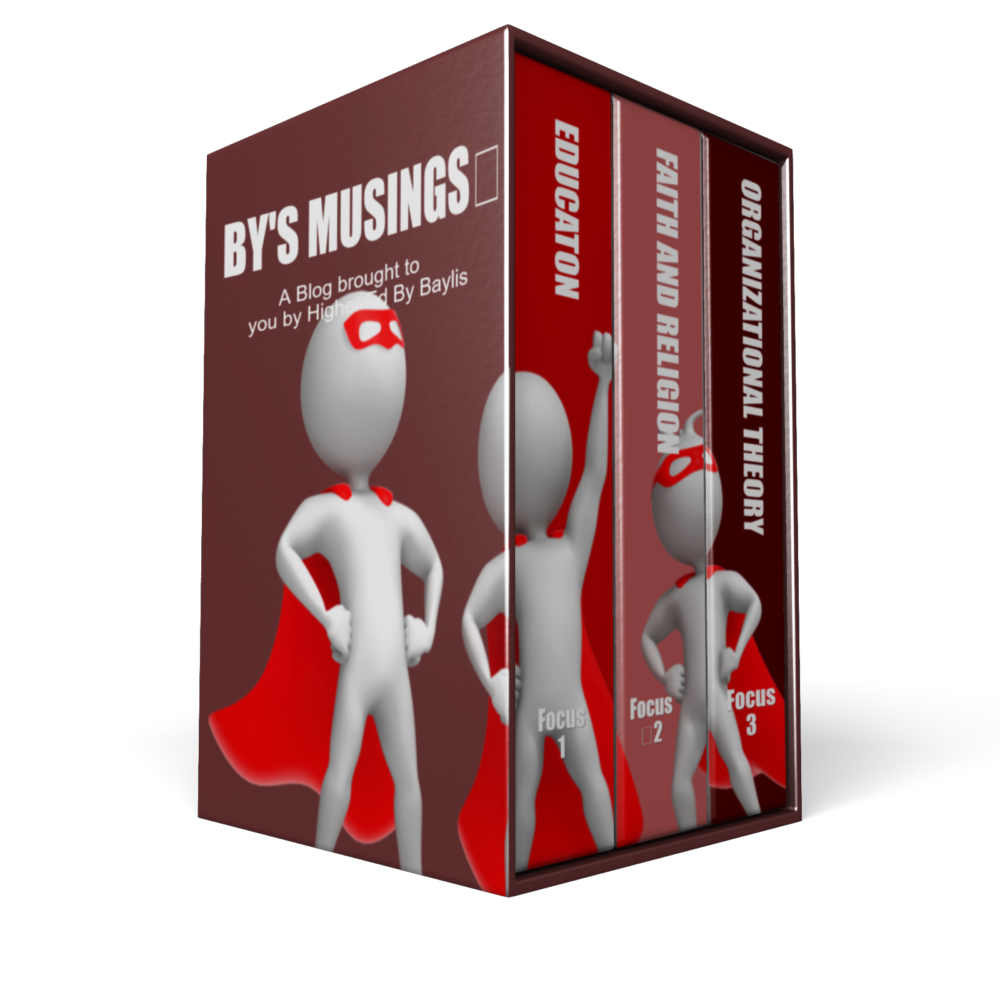
As I announced in the previous post What’s Coming Next on By’s Musings and the HEBB Website, we are launching a new format for this blog. When the old blog was chopped down, I didn’t know what we were going to do. However, now, I am very excited about the potential for a radically different, conversational approach to this “new” blog.

Before I get into the details about all the anticipated changes, I want to take this opportunity to invite you to join me each Tuesday morning for a cup of coffee, and an enlightening and a vigorous chat. I chose Tuesdays because I hope readers will come to look forward to Tuesdays with By.
I unabashedly admit that this is a shameless attempt to appropriate the memories and feelings of attachment, compassion, friendship, and learning that I took from the pages of one of my favorite books: Tuesdays with Morrie: An Old Man, a Young Man, and Life’s Greatest Lesson.

Unfortunately, I can longer pretend to be Mitch Albom, a young author visiting his beloved mentor Morrie Schwartz. Instead, I must reluctantly relegate myself to playing the role of the feisty Morrie.

Moreover, like Morrie, I am not willing to concede to the ravages of health and time. I purpose to fight until the end. I intend to fully wage the battle and enthusiastically engage in the back and forth process of arguing or discussing point versus counterpoint. I invite you, my readers, to join me in this daunting task in two ways.

The first way is the most obvious. I want you to read these posts. Thus, I will endeavor to make them inviting. I also promise to do my best to make them interesting, both in terms of topic, as well as, in terms of readability. I want them to be such that you can’t wait to read them and recommend them to your friends and colleagues.
The second, but more important change to my approach, is that I want you to be much more involved in the nitty-gritty of the posts themselves. I want your reactions. I want your thoughts. I want your comments. As I included in the hint above, I want you to engage with me and other readers in Point versus Counterpoint dialogues.
The origin of the English phrase Point versus Counterpoint most likely is the Latin phrase puntus contra punctum (literal translation: point against point).
The phrase usually references two very distinct approaches to formal or informal responses to a stated proposition or theme.

The first is typically evident in the discipline of debating. Presents a counterpoint is a technique employed to defeat an opponent. By presenting evidence or arguments that undermine the proposition under consideration, debaters attempt to sway listeners or judges away from their opponents’ positions and toward their sides of the issue.

On the other hand, in the discipline of music, the use of counterpoint is a technique meant to complete or complement a proposition or theme. Rounds and fugues are prime examples of the use of counterpoint in music. The formal definition of counterpoint in music is a contrapuntal composition in which a short melody or phrase (the subject) is introduced by one part and successively taken up by others and developed by interweaving the parts.
Got it? It all seems easy. I will state a proposition in a post and will take a position on that proposition. Then, it’s your turn to either counter it with opposing views or to complement it with views that complete the thought. I want you to make full use of the comment box at the bottom of each post. Please don’t hesitate to dialogue with me or anyone who makes a comment. I envision that this could turn into quite a learning adventure for all of us.

As I approach my self-imposed limit of 1,000 words, I will detail more of my plans and thoughts on the three foci to which I will also restrict my posts. I have scheduled my next post for publication on Tuesday, September 25.


























